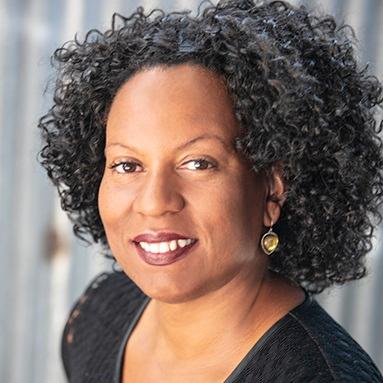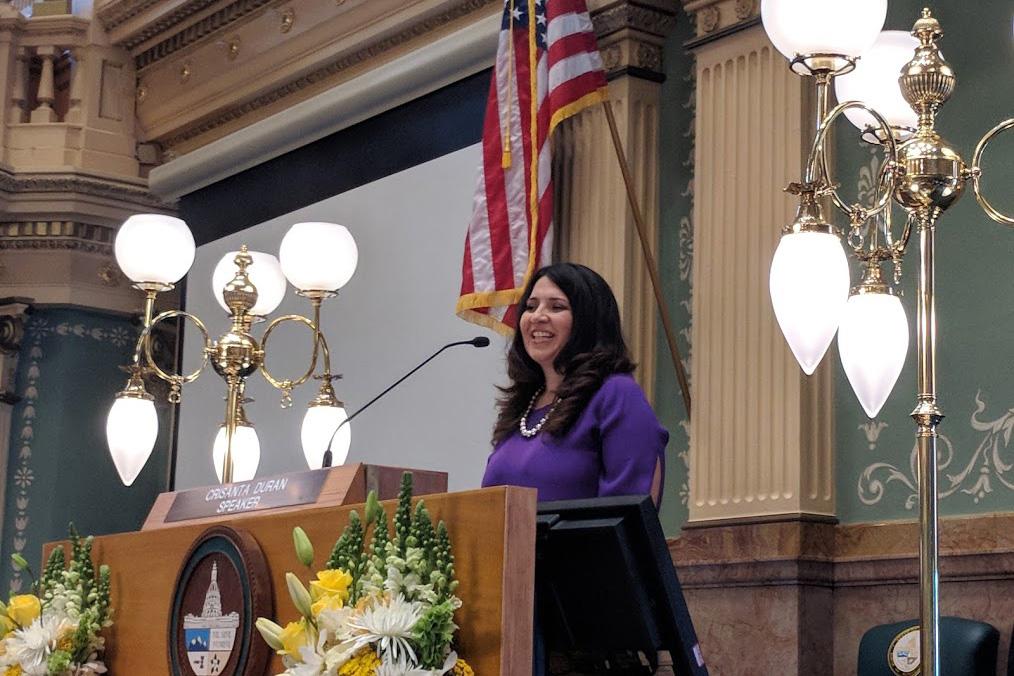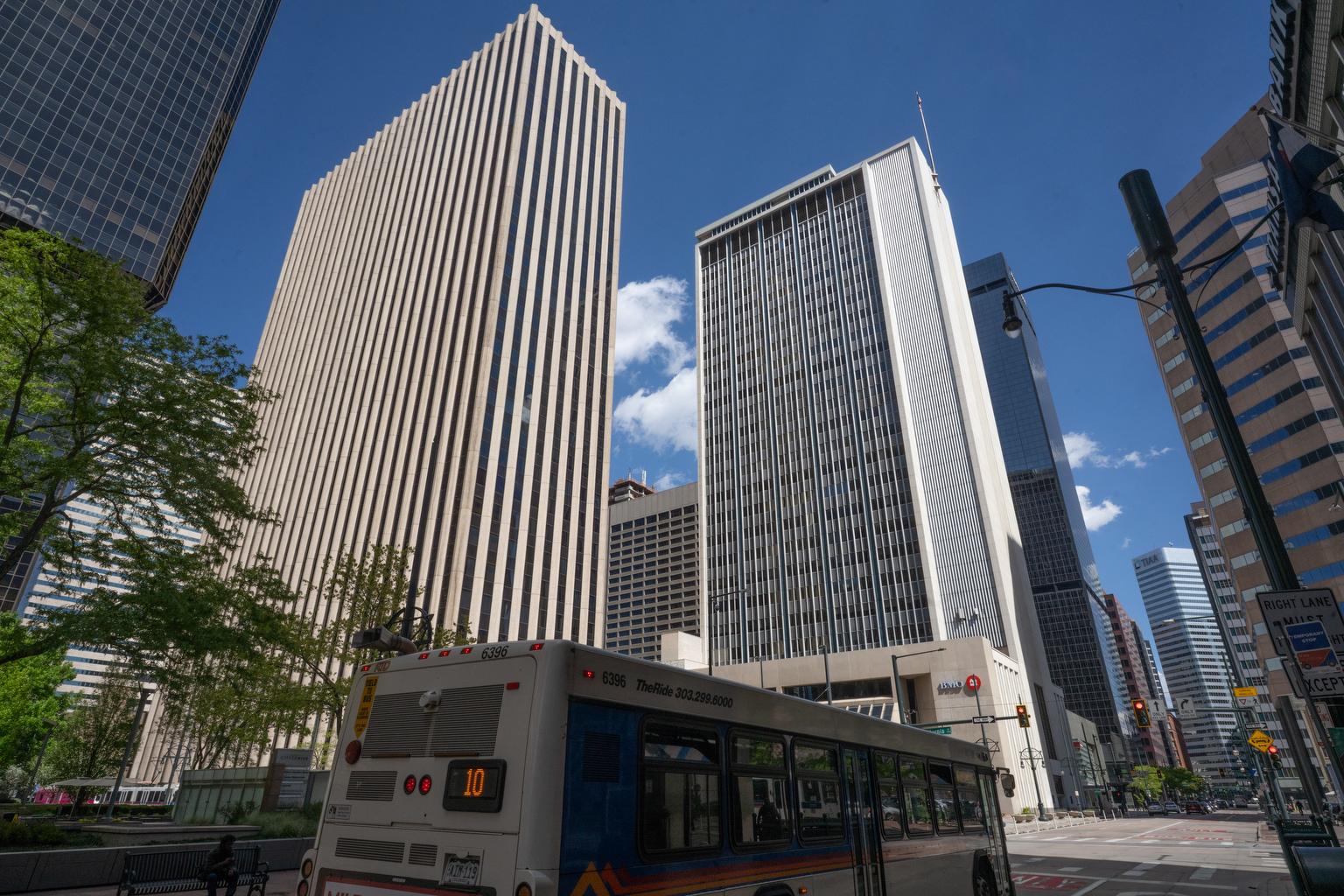
Updated at 10:49 a.m. on Tuesday, May 13, 2025.
Developers in U.S. cities have become bullish about the possibilities of what they call “adaptive reuse,” converting old office buildings into residential units. It’s an idea they are betting will solve the many problems afflicting the nation’s cities: namely, post-pandemic vacancies in office buildings, empty city centers and a lack of affordable housing.
Downtown Denver is no exception, where a third of office space is vacant and many buildings are seen as good prospects for conversion. Recently, The Luzzato Company bought two towers on 17th Street in downtown Denver for $3.2 million, a tiny fraction of the $112 million the two buildings sold for in 2008. The developers plan to have 700 residential units with retail space on the lower floors.
The architectural firm Gensler has worked to identify office buildings in downtown Denver that have the most potential for these conversions and has also created a tool for assessing which buildings are good prospects. Ryan Warner spoke with Gensler’s Josie Hyde. Here are takeaways from their conversation.
What are the economic conditions in Denver that make these conversions more than just a pipe dream?
“They've always been a challenge but they’re very doable. We've done plenty of them across the country, and really what it takes is finding the right buildings. And so even though the economics are somewhat challenging, one of these buildings just sold for a very good price, and so that one’s going to be much easier to convert. But if you start with the right buildings, the cost will be lower to start with.”
And the realities of downtown office space mean that there are deals to be had?
“There are. I think one of the factors…is we've got about 13 million square feet of office space downtown, and when we think of that square footage, [much of the vacant space] is these 1970s, 1980s buildings that actually trend in the right direction to be converted. So for us here in the city and county of Denver, [with] these ‘70s and 80s buildings, we have about 80 percent of the buildings that are suitable. Some of the things to look for are a great floor plate; so, how far the windows are from the elevators is important because if they're too far away, then you won't be able to get light into the apartments. And also thinking of the floor to floor heights are always great for office buildings, so when we convert them to residential, they already have taller ceilings.”
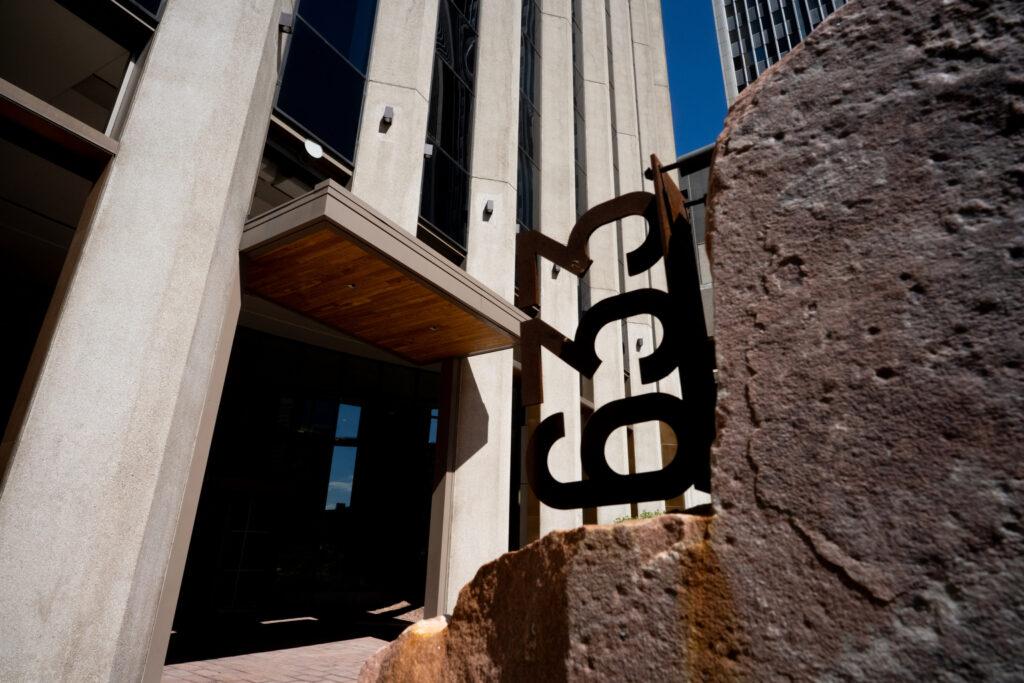
The fundamental question of course is whether it makes more economic sense to just destroy a building and build something new or convert it?
“It is costly, but I would say in some cases it’s much better than replacing the entire building because we've got embodied carbon in the concrete that we want to preserve when possible from a sustainability perspective. And, you can save 50 percent of the construction time.”
Is it possible that only parts of these buildings will be converted to housing units?
“When you have larger buildings, if you're looking at buildings that might have more than three to 400 units planned, it might be beneficial to convert only half the building or a portion of the building. We've talked to so many local building owners, developers…and they're all just waiting for the right time. But there is a sense of urgency of being able to convert, and I think there's an understanding that it's possible.
What is the most successful conversion project you could point to?
“We've done quite a few buildings. I think of the Franklin Tower [in Philadelphia], which was done right at the beginning of the pandemic. [The developers] were looking at just converting the top half of the building, and as it was getting constructed, it was so popular and got leased so quickly that they filled out the rest of the building before they completed construction, and that one was a lot of glass on the building. They added balconies to the building by moving some of the walls in a little bit on the exterior. So it's been an incredible project that was done years ago.”
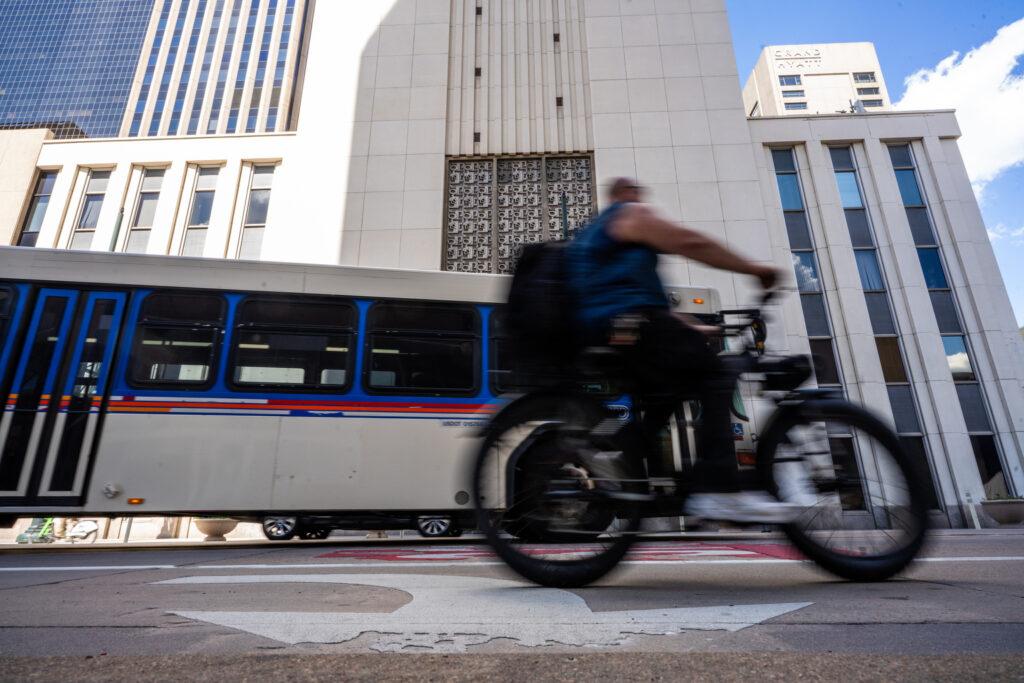
I suppose there's also an assumption that we're never fully coming back to work like we did pre-pandemic. You're sort of locking in a long-term reality here for a downtown, right?
“You're right. I think what's most important to focus on is that we're really looking at more of a lifestyle in terms of our downtowns in lieu of just an office building centric area. So I think if we think of it more as mixed use and really make it a live, work, play [environment] for both residents and office workers, I think you can have that balance much easier than what we've done in the past.”
Editor's note: This article has been updated to include a question about the feasibility of only partially converting office buildings to residential ones.
Funding for public media is at stake. Stand up and support what you value today.


